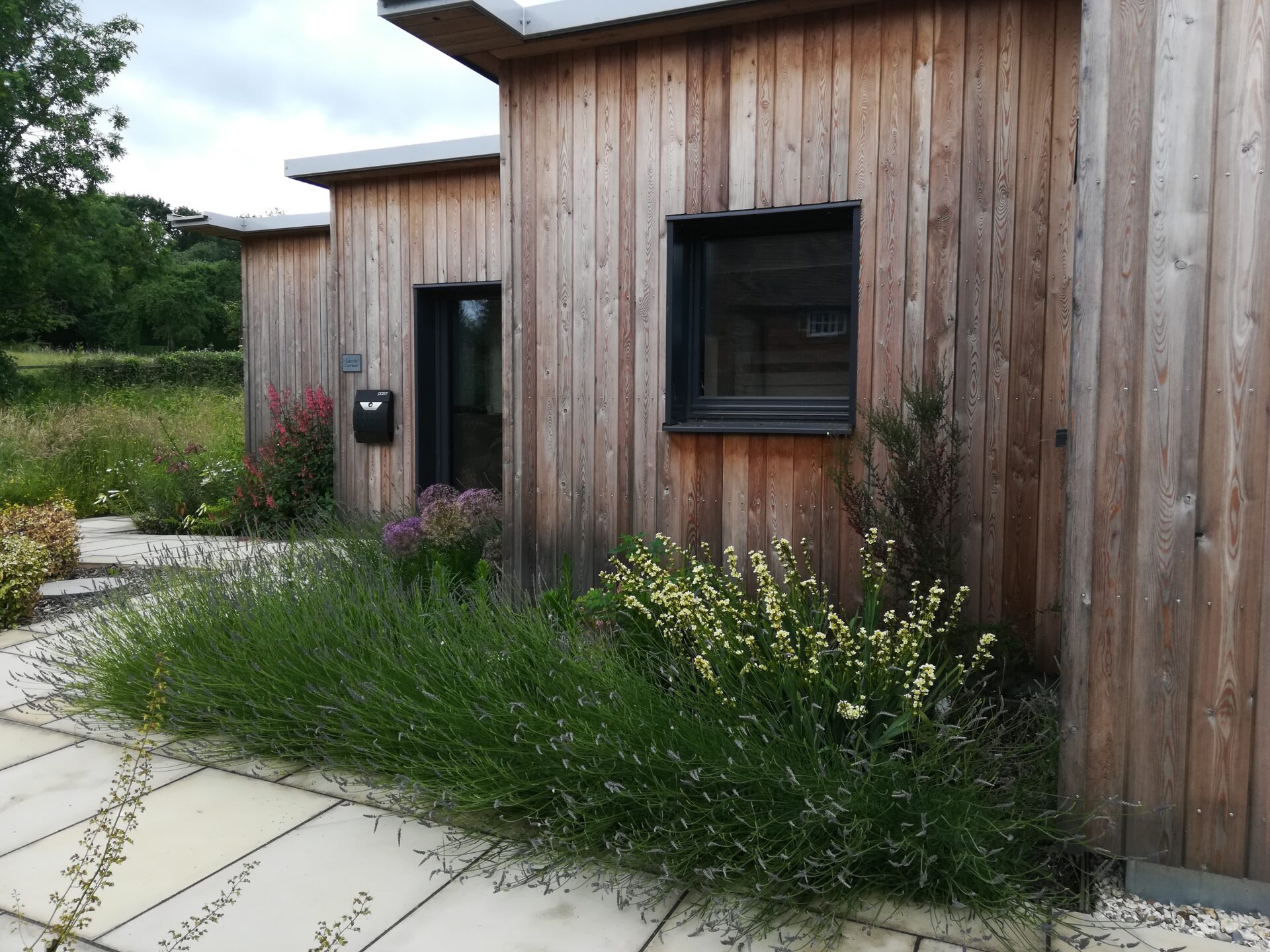In the ever-growing quest to reduce our environmental impact, low-energy construction materials and techniques are becoming increasingly popular. Many different products and methods can be used to make your construction project more low-energy, and this blog post will introduce you to some of them! We’ll explore different products that are low energy as well as various building techniques that produce less energy. We’ll also discuss some key topics related to low-energy construction. So if you’re interested in making your next construction project more eco-friendly, read on!
Why should we use low-energy construction materials and building techniques?
There are many reasons to use low-energy construction materials and techniques. For one, it can help reduce your project’s carbon footprint. Low-energy construction materials often have a lower embodied energy than traditional materials, meaning they require less energy to produce. This can also lead to reduced emissions throughout the life cycle of your project – from manufacture to end-of-life.
Additionally, low-energy construction materials and techniques can often be more cost-effective in the long run. Using low-energy materials can help you save on heating and cooling costs and reduce maintenance costs.
So there are many reasons to consider low-energy construction for your next project. But what low-energy options are available?
There is a wide range of low-energy construction materials and techniques that you can choose from.
Low energy materials include:
Insulated concrete forms (ICFs) are construction materials made from concrete sandwiched between two layers of insulation. ICFs are a low-energy option because they have a high thermal mass, which means they absorb and store heat well. This makes them ideal for low-energy buildings, as they can help regulate indoor temperatures and reduce heating and cooling costs. JACKODUR® ATLAS is an award-winning insulated concrete raft system guaranteed to make your project more efficient and sustainable.
Cross-laminated timber (CLT) is a type of engineered wood product made by bonding layers of lumber with adhesives. CLT is a low-energy material because it has a low embodied energy – meaning it requires less energy to produce than traditional construction materials like concrete or steel. Additionally, CLT is a carbon-neutral material, as the trees used to make it absorb carbon dioxide from the atmosphere as they grow.
Recycled steel is another low-energy construction material. Steel is a very durable material, so it can be recycled repeatedly without losing its strength or quality. Recycled steel requires less energy to produce than virgin steel, making it a low-energy option for construction.
There are also several low-energy building techniques that you can use to make your project more eco-friendly.
Low energy building techniques:
In your construction project, incorporating double and triple-glazed windows, low-E glass, argon gas-filled windows, and low U-factor window options will also help reduce heat loss and energy consumption.
Passive solar design is a low-energy construction technique that uses the sun’s natural heat to warm a space. This means orienting your building to maximise the sun’s exposure, using solar thermal mass to absorb and store heat, and incorporating shading devices to prevent overheating.
Green roofs are another low-energy construction technique that can help insulate a building and reduce heating and cooling costs. They work by absorbing heat from the sun during the day and releasing it at night, as well as providing an extra layer of insulation.
Rainwater harvesting is a low-energy technique that involves collecting rainwater and using it for irrigation, flushing toilets, or other non-potable uses.
As you can see, many low-energy construction materials and techniques are available to help you reduce the environmental impact of your project. So why not give some of them a try on your next build? You might be surprised at the difference it makes! Contact us today for high-quality, low-energy building materials.

